We use cookies to make your experience better. To comply with the new e-Privacy directive, we need to ask for your consent to set the cookies. Learn more
Breed of the Month: Clydesdale Horse
The Clydesdale Horse is a breed well-known for its size. It can measure over 18 hands, and reach a height of about six feet.This large breed can grow over 2,000 pounds but still retain its grace. The most prominent feature of this breed is its feathery hooves. The hairs on their hooves cover their ankles make them easily recognizable. Their thick mane and hair coat allows for their survival in climates of Scotland.
Clydesdale colors vary; they can take on a different shade of bay, chestnut, brown, and black. Predominantly, they are in one solid color, usually with a white-colored underbelly and white feather.
The History of the Breed
The Clydesdale horse was first bred in Scotland in the 1800s out from the Flemish horse. This breed of horses was once commonly used as warhorses during the 17th century. From such job, these horses have tremendously changed to become working horses, mainly in farms. They are used in pulling heavy loads in rural areas, but can also be seen in urban industrial settings. During the 1960’s, this admirable breed have been seen to pull carts of vegetables and also became known as a celebrity for advertising Anheuser-Busch Brewing Company. The Clydesdale horse has been seen many times in the Budweiser beer commercial.
The work of the Clydesdale horses in rural areas has been taken over by tractors and heavy farm machineries, but their popularity has not declined. They are popular as carriage horses and can still be used in farms where tractors and other machineries are not available.
The Clydesdale horse is not just a breed known for its size and strength, but also for their gentle temperament. This is the reason why this breed is commonly referred to as the gentle giants. Their intelligence is not far off as well; they are very willing to follow and please their owners.
Caring for Your Clydesdale
Caring for your Clydesdale is the same as the basic care you provide to any breed of horse. But due to their large sizes, they may need special care and nutrition. The young Clydesdale grows at a faster rate so feeding adjustments are necessary to compensate for its growth, or else, they may grow to become thin. Regular farrier services are also necessary for this particular breed due to their large hooves. For health problems, the most common for this breed are laminitis and colic.

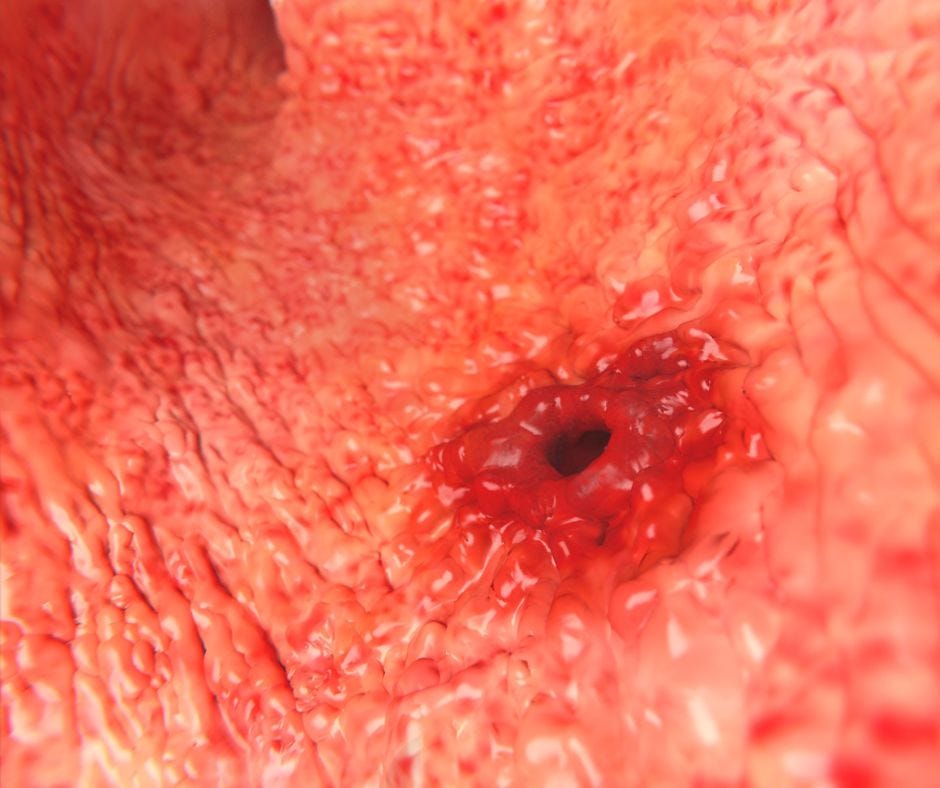
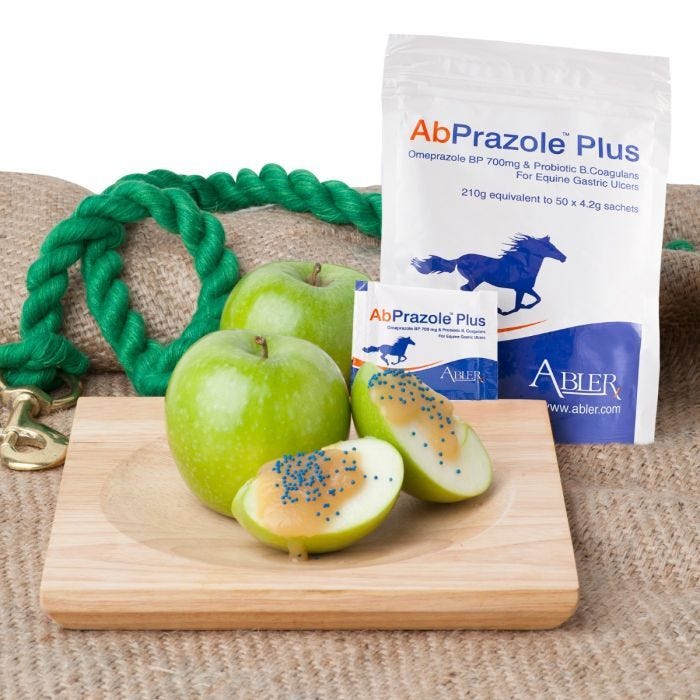
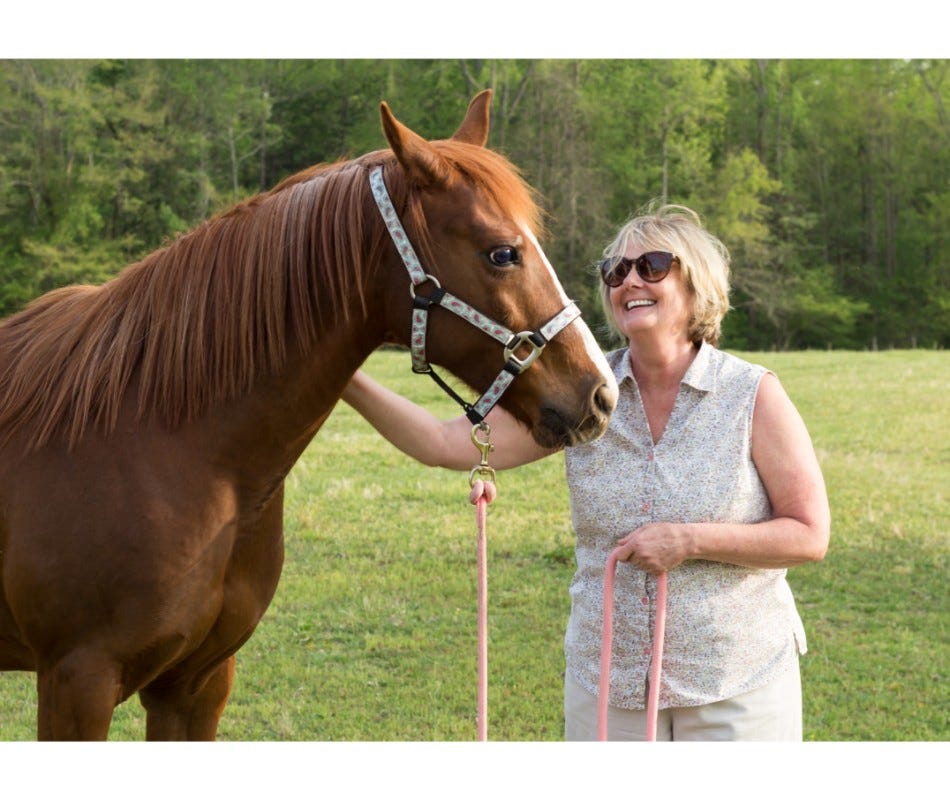
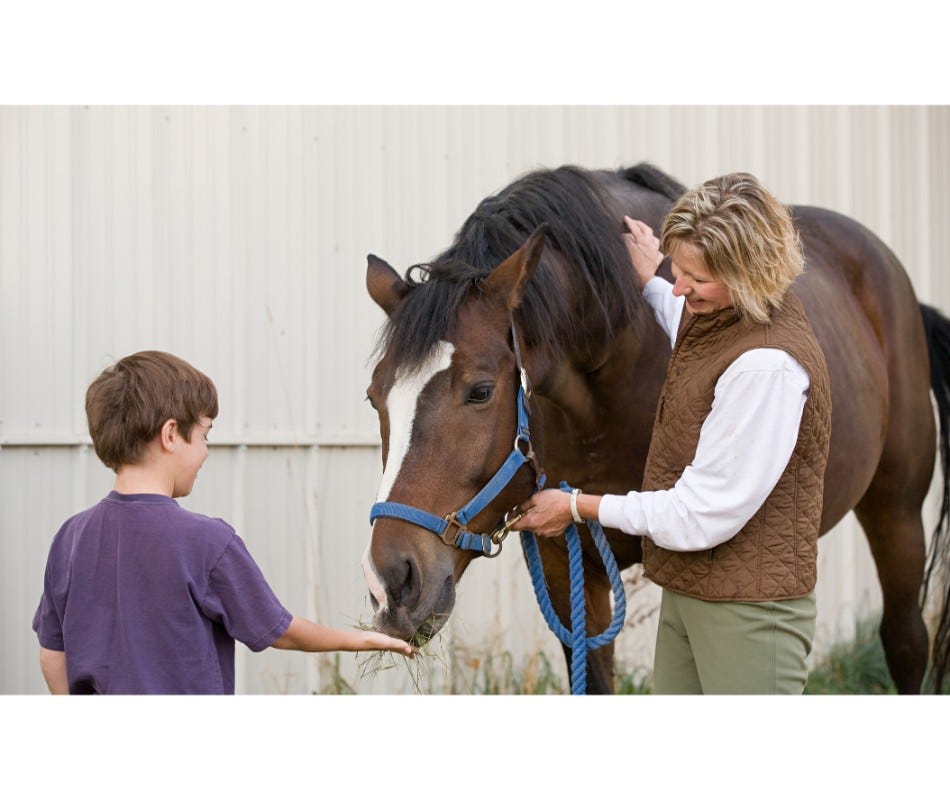
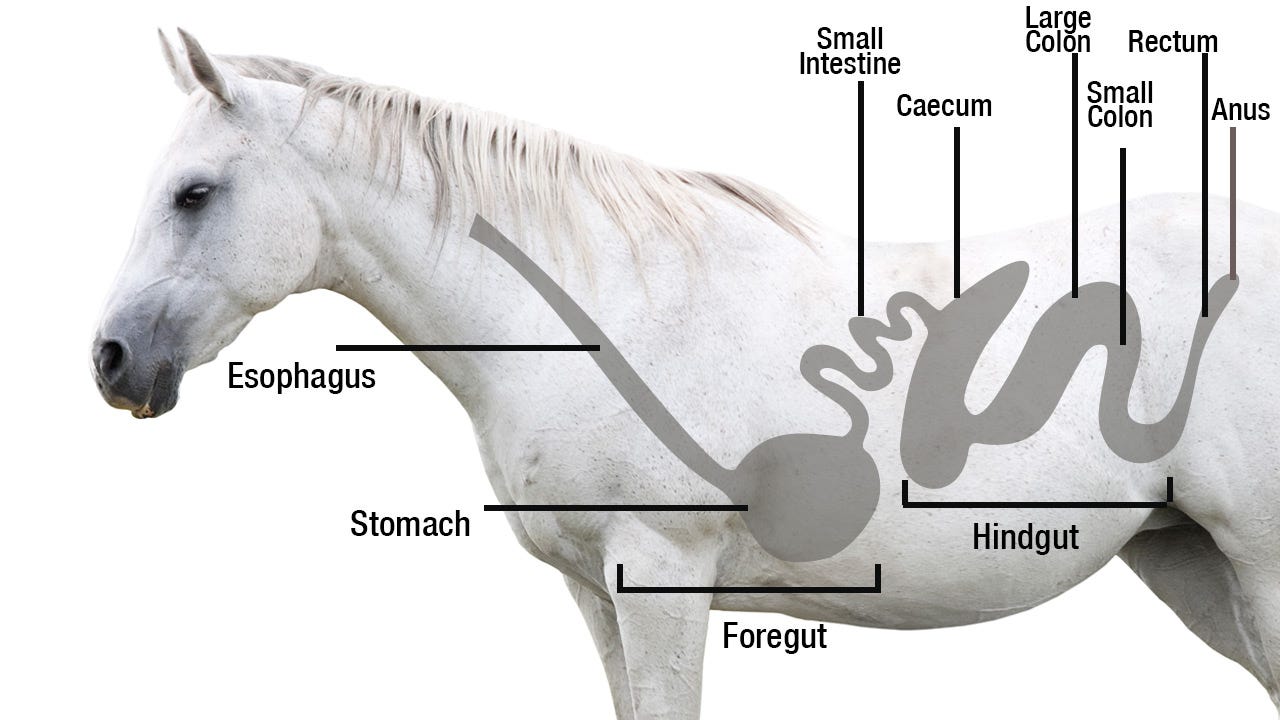
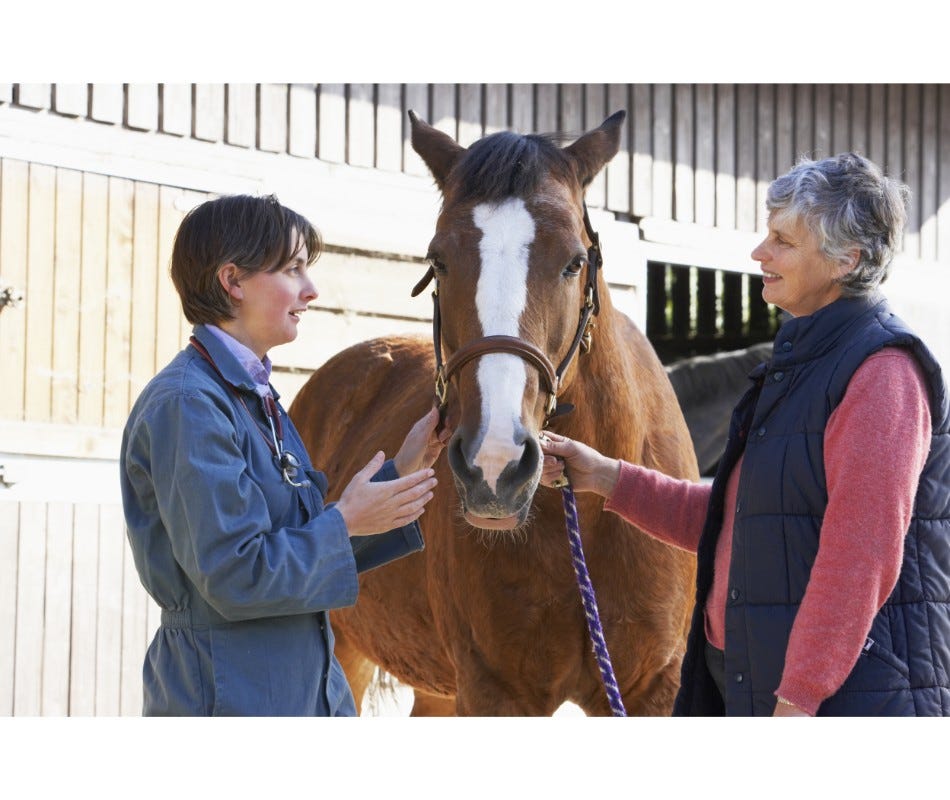
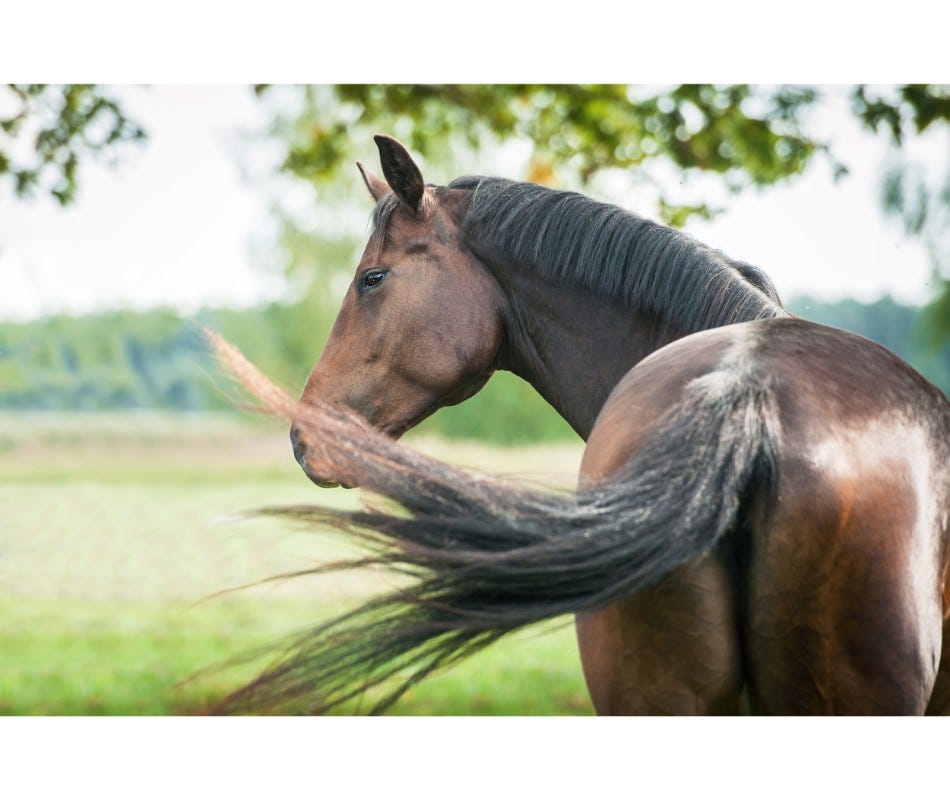
Validate your login